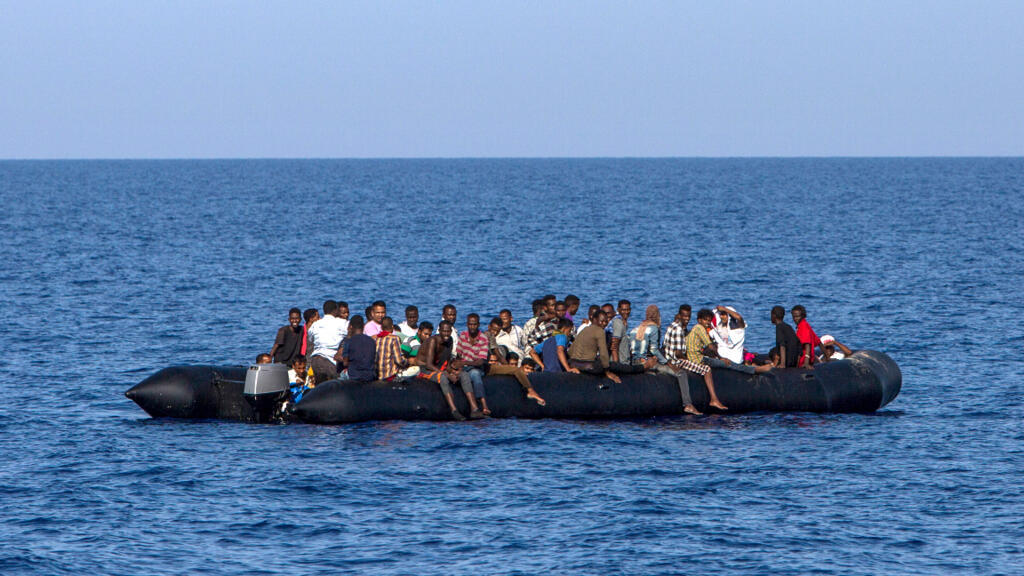A new report from the International Organization for Migration, released in July 2025, highlights a striking shift in global migration patterns between January and April of this year. While overall arrivals to Europe have dropped, Morocco is emerging as a pivotal location in a changing migration landscape. Once primarily a stopover point due to its position between the Atlantic and the Mediterranean, Morocco is now becoming a destination in its own right—offering a fragile form of stability to thousands in search of a better future.
Drawing from regional hubs and displacement tracking tools, the IOM’s analysis follows migrants along entire routes—from their places of origin, through transit zones, to final destinations. This route-based approach offers a clearer, more continuous understanding of human movement at a time when global conditions remain volatile.
Among the most dramatic developments noted in the report is the near-collapse of northbound migration from Central America. At the same time, routes leading to Europe, especially those involving Morocco, have grown more precarious. Although the number of people attempting the Atlantic crossing to the Canary Islands has dropped by 37% over the past year, fatalities on this route have surged by 64%. The factors behind this spike are grim: fragile boats, increasingly remote and hazardous launch points, and a dire lack of maritime rescue resources.
The report emphasizes a stark paradox. As Europe and North African countries strengthen border controls through tighter cooperation, more migrants are finding themselves stuck in transit nations, often living in unstable and degrading conditions. In Morocco, government-led relocations to less visible southern regions have created new vulnerabilities, pushing displaced individuals even further from support systems.
The profile of migrants is also shifting. Syrians, who once made up a significant share of maritime migration, are becoming less visible on these routes, largely due to changes in Syria’s political landscape. Meanwhile, Bangladeshis now account for over a third of arrivals in Italy. This trend may signal an increase in Moroccan transit for South Asian migrants, presenting Morocco with new challenges in terms of reception and integration.
On the ground, personal stories bring these statistics to life. In Rabat, 24-year-old Aïcha from Guinea received medical treatment through IOM support after living for years with an untreated double illness. She is just one of the 36,000 migrants the organization assisted in 2024, each with a unique story of hardship and resilience.
Against this backdrop, Morocco—like Libya, where an estimated 850,000 migrants are currently located—is seeing a rise in what experts call “forced settlement.” Migration journeys, once envisioned as temporary stopovers, are being abruptly redefined by border closures and deterrence strategies. As Morocco prepares to host the Africa Cup of Nations in December, internal migration flows could rise further, adding new pressure on public services and infrastructure already under strain.
The report concludes by calling for urgent reforms to integration policies. Morocco is no longer just a gateway to Europe—it has become a place where many migrants now live indefinitely, often without having planned to. This transformation places Morocco at the center of regional migration dynamics and forces a reconsideration of its role and responsibilities in an increasingly complex system.
